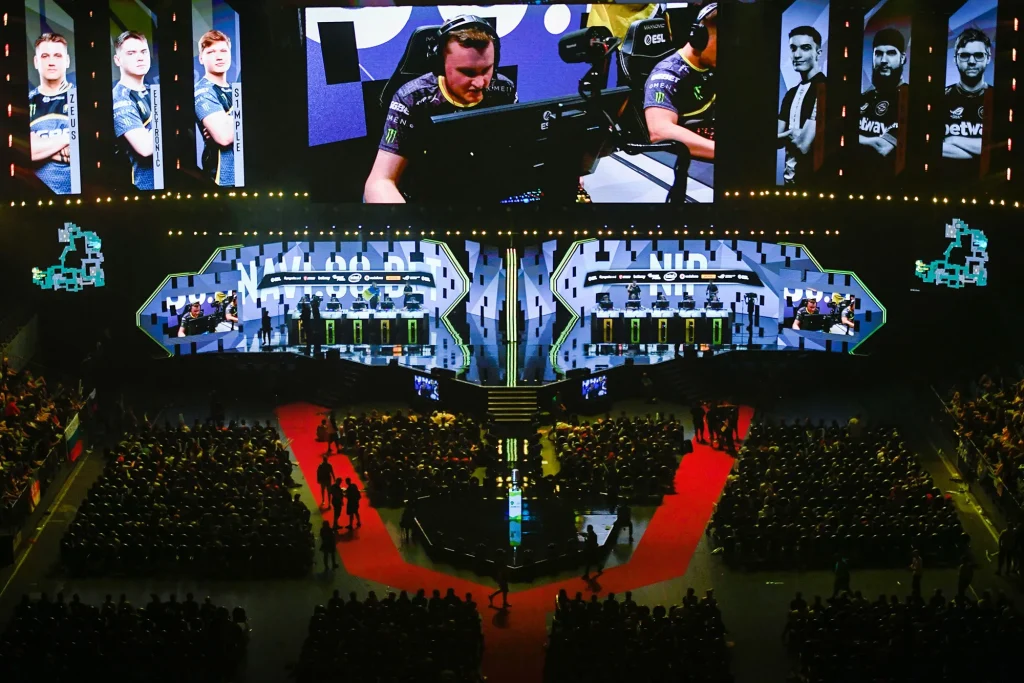Think about the last time you heard the satisfying clunk of a lever, the whirring spin of reels, and the clatter of coins. That soundscape is practically ancient history now. The journey of slot game mechanics is a wild ride from simple, physical engineering to complex, digital algorithms that create entire worlds. It’s a story of innovation, technology, and the relentless pursuit of that perfect, engaging moment. Let’s dive in.
The Humble Beginnings: Mechanical Marvels
It all started with gears, levers, and springs. The first slot machines, like the iconic Liberty Bell from 1895, were feats of physical engineering. Their mechanics were, well, mechanical. You pulled a lever (that’s where the term “one-armed bandit” came from, you know) which set a series of physical reels in motion.
The magic—and the entire game’s logic—lay in the braking system and the physical “stops” on each reel. Symbols were placed on metal hoops, and winning was a matter of literal alignment. There were no fancy random number generators; the odds were dictated by the physical construction of the machine itself. Simple. Clicky. And honestly, a little clunky.
Key Features of Classic Slots:
- Physical Reels: Usually 3 reels made of metal.
- Limited Symbols: Bells, fruits, bars, and the lucky 7s.
- Single Payline: One line across the center was your only shot at winning.
- Direct Payout: Coins literally dropped into a tray. Talk about instant gratification.
The Digital Revolution: Hello, RNG!
The real game-changer, the seismic shift, was the move from physical parts to microprocessors. This was the moment slots evolved from a mechanical pastime into a digital phenomenon. The heart of this transformation? The Random Number Generator (RNG).
Think of the RNG as the digital soul of a modern slot. It’s a computer algorithm that constantly churns out random numbers, even when you’re not playing. The moment you hit spin, it grabs the latest number, which corresponds to a specific position on the virtual reels. This meant game designers were no longer limited by physics. They could have as many reels, symbols, and—crucially—paylines as they could imagine.
This era introduced video slots. Screens replaced metal reels, and the gameplay exploded with possibilities. We’re talking about the birth of:
- 5-Reel Layouts: More reels meant more ways to win and way more exciting action.
- Multiple Paylines: From 9 to 20 to, well, hundreds. Players could now bet on multiple lines across the screen.
- Wild Symbols: These clever icons could substitute for others, like a joker in a card game, to complete winning combinations.
- Scatter Symbols & Free Spins: These symbols paid out anywhere on the reels and usually triggered the first real “bonus” feature—free spins! A total game-changer.
The Modern Playground: Mechanics as Storytelling
Today, slot mechanics aren’t just about winning; they’re about experiencing. Modern game developers are less like engineers and more like movie directors and game designers. The mechanics are now sophisticated tools for narrative and immersion.
Beyond Paylines: Ways to Win Mechanics
Paylines started to feel restrictive. So, the industry invented “Ways to Win” (or 243-ways, Megaways, etc.). Instead of lining up symbols on a specific line, you just need matching symbols on adjacent reels, starting from the left. This massively increased the hit frequency and the feeling of action. It feels less rigid, more fluid. Megaways, from Big Time Gaming, took this even further by having the number of symbols on each reel change every spin, creating a dynamic, ever-shifting grid with hundreds of thousands of potential ways to win. Yeah, it’s a big deal.
The Bonus Game Bonanza
This is where modern slots truly shine. The base game is often just a warm-up for the main event: the bonus round. These are no longer just simple free spins. We’re talking about elaborate, interactive mini-games:
- Pick-Me Games: Choose from hidden symbols to reveal instant prizes or multipliers.
- Cascading Reels: Winning symbols explode and disappear, allowing new symbols to cascade down, creating the potential for chain reactions of wins from a single spin.
- Interactive Adventures: Some slots feature full-on board games or story-driven quests within the bonus round. You’re not just spinning; you’re exploring a map, fighting a monster, or solving a puzzle.
Progressive Jackpots and Community Features
Mechanics also evolved to create jaw-dropping prizes. Progressive jackpots pool a tiny fraction of every bet across a network of games into a massive, ever-growing prize. The mechanic to win it might be random, triggered by a special bonus, or require lining up a specific combination. This created life-changing wins and a shared, community goal for players.
What’s Next? The Future of Slot Mechanics
The evolution isn’t slowing down. We’re already seeing the seeds of the next generation. Skill-based bonus elements are creeping in, appealing to a generation raised on video games. Virtual Reality (VR) and Augmented Reality (AR) promise to make the gameplay fully immersive, where you could literally walk around a slot machine in a digital casino.
And with the rise of AI, who knows? We might see slots that adapt to your personal play style, offering unique bonus trails or dynamic volatility that changes based on your mood. The line between slot game and video game is blurring faster than ever.
From the clunky, satisfying mechanics of a physical machine to the silent, lightning-fast calculations of an RNG, the core desire remains the same: that thrill of the unknown, the anticipation of the spin. The stage has just gotten bigger, the stories richer, and the possibilities… well, almost endless.

